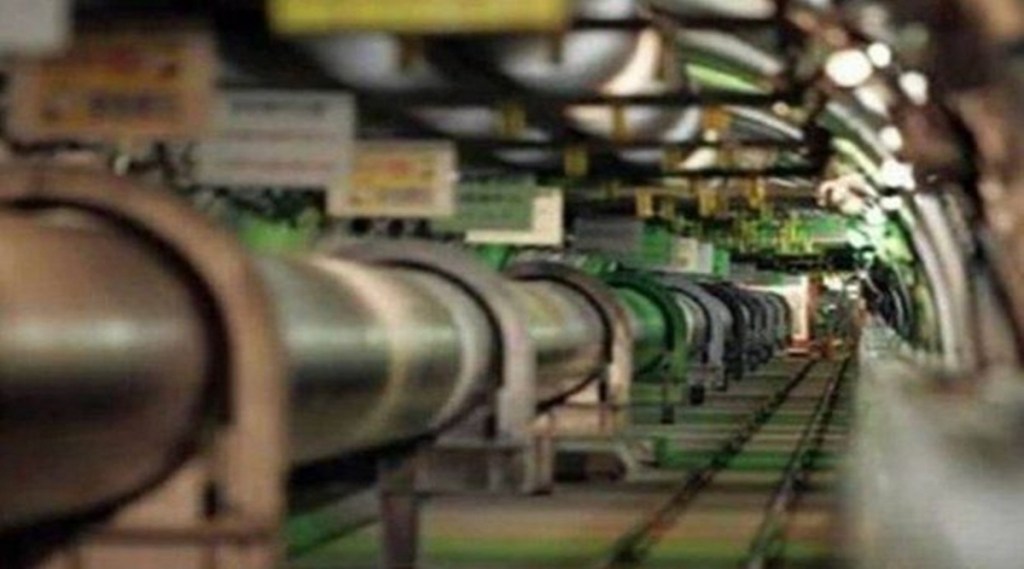Clean tech start-up h2e Power Systems is setting up an electrolyser-manufacturing plant in Pune. The new hydrogen policy is expected to provide a boost to the hydrogen economy. h2e founder & MD Siddharth R Mayur expects demand for electrolysers in India to skyrocket in the coming days. The new hydrogen policy makes it easy for anyone to set up a hydrogen plant and this is expected to drive up demand for electrolysers, Mayur said. Electrolysis is the process of splitting of water into hydrogen and oxygen, using electricity.
h2e Power Systems is among the country’s first fuel cell & green hydrogen companies, founded in Pune 2011 by social entrepreneur Mayur along with Amar Chakradeo and Bhavana S Mayur. Apart from Pune, h2e now has manufacturing facilities in Winterthur (Switzerland), Konstanz and Dresden (Germany). h2e acquired Swiss fuel cell specialist Hexis AG and German company mPower GmbH, and inherited product portfolios and expertise in fuel cells. It has tied up with US-based Ways2H, a waste-to-hydrogen company, to produce green hydrogen from waste in India. h2e works with the Fraunhofer Institute of Germany to develop technology and has got several patents for related technologies.
All this gave h2e an head start in the market, with all the building blocks already in place, and will be off the block in quick time and start operations this year, Mayur said. They had been working on the technology for almost a decade and have moved to pilot scale manufacturing, and simultaneously worked on various applications and business plans, so h2e is ready to roll out, he said. According to Mayur, the investments could be in the region of $30 million and they were looking at raising funds externally.
h2e is backed by Serum Institute of India’s (SII) CEO Adar Poonawalla, who picked up stakes in the start-up in early 2020. With close to 50% stake, it is now a Poonawalla Group company. Funding from Poonawalla was an option but Mayur is looking at diversifying investor base and preferably participation from strategic investors.
h2e would be playing a role in making vaccine-maker SII a net-zero company and turn it into a green vaccine maker. Work on the demo project at Serum’s campus will start soon and it will initially run some small plants and chillers, and then be scaled up. h2e is building a greenfield manufacturing facility with a capacity of 100 MW per annum in Manjari, near Serum’s Pune campus. It takes six-eight months to set up the plant if one has the technology, Mayur said. Excluding land and building, the cost of setting up the plant would be Rs 100-150 crore.
h2e Power has already started production at a pilot facility in Pune, with its solid oxide electrolyser cell technology and electrolysers set to produce green hydrogen and e-fuels. It also started production of micro-combined heat and power systems for the Indian, European and American markets. This facility has an initial capacity of 2 MW per annum and can produce solid oxide fuel cells, power generators and solid oxide electrolyser, which are needed for production of green hydrogen and other fuels. Mayur plans to shift one of the plants in Germany to India and use Germany as the main R&D base.
Mayur is hoping ecosystem and supply chain to manufacture electrolysers also develops simultaneously otherwise India companies would end up importing components and parts from Europe, and relying on imports for technology and components. He is hoping the government would extend incentives to component suppliers. Mayur is hopeful that the county’s policy makers would prioritise domestic manufacturers through policy support.
According to Mayur, there are only a few companies in north India that source components from outside and assemble the electrolysers in the country. European companies dominate the hydrogen ecosystem but their hands are full and they may not be interested in coming to India, says Mayur. There is scope for having around 200 companies in the hydrogen ecosystem for making various components and generating 1 lakh jobs.
h2e has been working on potential applications for hydrogen. Mayur suggests India should charter its own path and not copy what is happening elsewhere. Europe, for example, is focusing on using hydrogen in the steel industry. India should be focusing on using hydrogen energy for agriculture. h2e will be soon working on a couple of pilot projects with sugar factories to maker aviation fuel using co-electrolysis to produce syn-gas. h2e is working on a pilot with 100 farmers to enable them to shift to fuel cell for meeting their energy needs and go completely off-grid. Blending of hydrogen with natural gas is another project. It is also working on a hydrogen fuel cell-powered three-wheeler.
By 2030, India could add between 15-20 GW capacity, while the global capacity is expected to go to 300 GW. The current capacity available in the world is 4 GW, so a massive ramp-up is on the cards and there is room for many players to come in, says Mayur.


